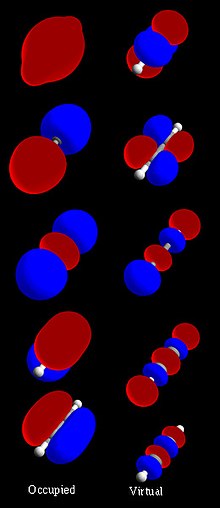1966 ⟶ Discovery of Asymmetric Catalysis
Hitoshi Nozaki and Ryōji Noyori discovered the first example...Year
1965
1966
1967
1971
🧪 Development of Woodward–Hoffmann Rules
Robert Burns Woodward and Roald Hoffmann propose the Woodward–Hoffmann rules, which use the symmetry of molecular orbitals to explain the stereochemistry of chemical reactions.⟶

ChemistryOrganic ChemistryStereochemistryMolecular OrbitalsWoodward–Hoffmann RulesRobert Burns WoodwardRoald HoffmannChemical Reactions1960s
 United States
United States Switzerland
Switzerland⚛️ Discovery of Asymmetric Catalysis
Hitoshi Nozaki and Ryōji Noyori discovered the first example of asymmetric catalysis (hydrogenation) using a structurally well-defined chiral transition metal complex.⟶

ChemistryCatalysisAsymmetric CatalysisHitoshi NozakiRyōji NoyoriTransition Metals1960sOrganic ChemistryChiral
 Japan
Japan🔬 Discovery of Immunoglobulin E (IgE)
Kimishige Ishizaka discovered a new type of immunoglobulin, IgE, that develops allergy and explains the mechanisms of allergy at molecular and cellular levels.⟶

ImmunologyAllergyIgEKimishige IshizakaAntibodiesImmune System1960s
 Japan
Japan🌟 Discovery of the First Pulsar
Jocelyn Bell Burnell and Antony Hewish detected the first pulsar, an object emitting regular pulses of radio waves. Pulsars are eventually recognized as rapidly spinning neutron stars with intense magnetic fields - the remains of a supernova explosion.⟶

AstronomyAstrophysicsPulsarJocelyn Bell BurnellAntony HewishNeutron StarsRadio Waves1960sSupernova
 United Kingdom
United Kingdom🧪 Yves Chauvin Explains Olefin Metathesis Reaction Mechanism
Yves Chauvin offered an explanation of the reaction mechanism of olefin metathesis reactions.⟶

ChemistryOrganic ChemistryOlefin MetathesisReaction MechanismYves ChauvinCatalysis
 France
France